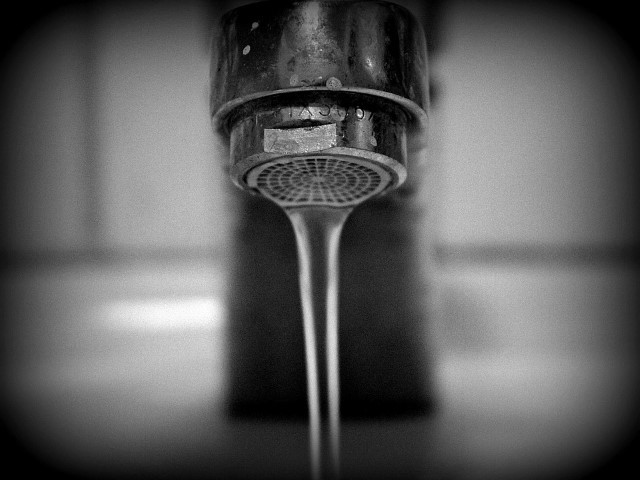If you’ve ever noticed white, chalky deposits on your faucets, showerheads, or the inside of your kettle, you’ve encountered a common homeowner nemesis—calcium buildup. This stubborn mineral accumulation, also known as limescale, can be more than just a cosmetic nuisance; it can affect the efficiency and lifespan of your plumbing appliances and fixtures.
Calcium buildup occurs when hard water, which is rich in minerals like calcium and magnesium, evaporates, leaving behind mineral deposits. Over time, these deposits can clog pipes, reduce water flow, and damage appliances such as water heaters, dishwashers, and coffee makers.
The good news is that homeowners can take proactive steps to prevent and combat calcium buildup. Water softeners, which use salt to remove minerals from the water, are a popular solution for reducing hard water. Regular cleaning with vinegar or commercial descaling agents can also help remove existing buildup.
While calcium buildup is a common issue, it’s important to address it promptly. Ignoring it can lead to increased energy costs, decreased appliance efficiency, and even costly repairs. By staying vigilant and taking preventive measures, you can keep your plumbing system running smoothly and your fixtures looking their best.
In the battle against calcium buildup, knowledge is your best weapon. Learn to identify the signs of hard water and invest in preventive measures to keep your home’s plumbing healthy and your fixtures sparkling.

